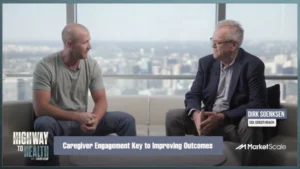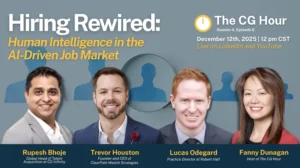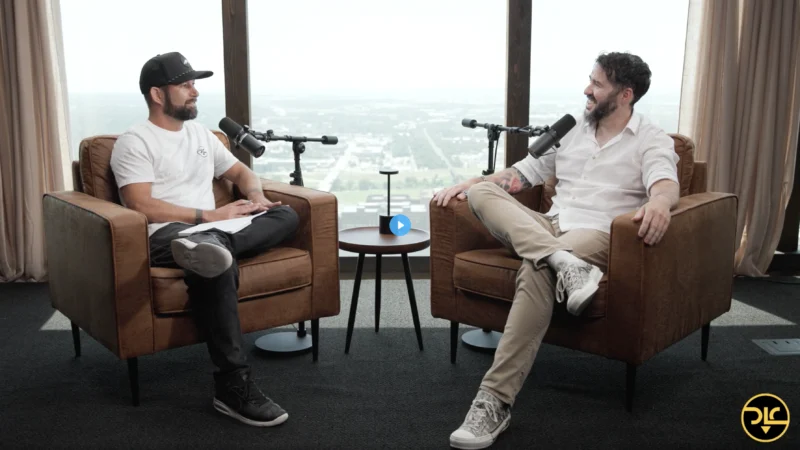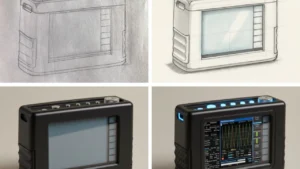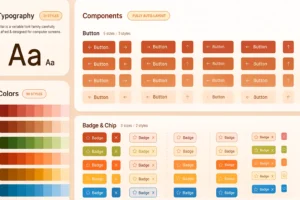The Design Career Shift No One Tells You About

Most design programs teach you the fundamentals: typography, color theory, layout principles, design systems. You learn software. You build portfolios. You land your first job.
Then you hit the real world and discover something critical: the designers who actually shape products and influence business outcomes aren’t just making things look good. They’re working completely differently.
I asked designers, founders, and product people about when they realized design was more than making things look good. The stories are eye-opening.
What Separates Strategic Designers
Jessie Brooks, Product Manager at Davincified, was watching user testing when someone froze at an upload screen. Beautiful interface. Clean, modern, everything you’d want in a portfolio piece. But the user hesitated. Not because of visual confusion, but because they were thinking: “Is my photo good enough for this?”
That moment taught Brooks something no design school covers. “Design isn’t decoration,” she realized. “It’s permission. It’s trust.” The screen looked perfect but failed at its actual job.
Peter Murphy, CEO and Founder of Track Spikes, learned this when an athlete called about shin pain relief from their spike plate design. Not aesthetics. Performance. The curves and materials were changing how the shoe worked. “Good design doesn’t just look fast. It helps athletes run faster.”
The Upstream Opportunity
If you’re early in your design career, here’s what to watch for: the most valuable designers get involved before anyone knows what they’re building.
Brett Farmiloe, CEO of Featured, had someone tell him to “focus on the problem, not the solution.” Early in his career, he was captivated by product features and technological capabilities, often prioritizing how things looked rather than how well they solved customer problems. This pivotal advice prompted him to engage more deeply with customers to understand their challenges and aspirations before jumping to visual solutions.
The shift transformed their entire product development process. Instead of starting with features and visuals, he began measuring success through customer outcomes. They started defining success through customer outcomes rather than aesthetic appeal or technical sophistication. “This approach elevated design from a downstream decorative function to an upstream strategic force that shapes business decisions and product direction,” Farmiloe explains. That mindset shift marked the moment he truly understood design’s power as a problem-defining discipline rather than merely a problem-solving one.
Tanya LeClair, Graphic Designer at So Swell Studio, puts it directly: “Design without strategy is just decoration.” The real work starts with questions: Who are you trying to reach? What do you want to be known for? What’s not working in your current approach?
This is the difference between being handed specs to execute versus helping define what should be built.
What This Looks Like in Practice
Strategic design work: Creating onboarding flows that address user anxiety, not just explain features. Building dashboards that help people make decisions faster. Designing systems that actually speed up development, not just standardize components.
Luis Pedro Leiva, Marketing Graphic Designer at Hatchworks, describes the shift: “I realized design was strategic when I found myself asking questions no one else was asking. It stopped being about visuals and started being about clarity, intent, and solving the right problem.”
Mary Case, Founder of The Happy Food Company, measures every design decision by asking: “How will this change someone’s day?” Not “Does this look good?” but “Does this work better?”
Industry-Wide Pattern
This isn’t happening in isolation. Yunna Takeuchi, Co-founder & CXO at City Unscripted, discovered their polished destination photos were creating unrealistic expectations. They replaced professional photography with honest local stories. Booking conversations shifted from price comparisons to cultural interests.
Johanna Rüdinger, Creative Director at Studio Dominguette, uses a simple analogy: “You wouldn’t wear jeans to get a bank loan or a suit to a casual networking event.” Design needs to follow the same rule. Color choices can’t be based on personal preference or just looking good. “It has to have a psychological layer, needs to connect to the core purpose. A font can say modern or traditional.”
Sarrah Pitaliya, VP of Marketing at Radixweb, realized this when someone mentioned how the iPhone box is deliberately hard to open. “Even though the design isn’t user-friendly in the conventional sense, it does what it’s supposed to do. It makes users feel their new phone is protected. It gives them time to slowly open the box and appreciate the purchase they’ve made.”
Tracy Mak Paddison, Owner and Web Designer at Tracy Mak Studio, has watched web design evolve over 15 years. Clients now care more about conversion strategy than visual appeal. “We use design to guide visitors to the finish line,” she says.
Prashant Sharma, Co-Founder of Rangreli, frames it perfectly: “Design became a way of thinking. About asking the right questions and making sense of messy situations. That’s the real value.”
How to Make This Shift
If you want to move from execution to strategy:
- Ask why before what. Get involved in problem definition. Push to understand user needs before opening design tools. Measure success through business outcomes, not just visual quality.
- Work upstream. The earlier you get involved in projects, the more influence you have on what gets built. Don’t wait for specs. Help write them.
- Think in systems. Individual screens matter less than end-to-end experiences. How does this design decision affect the entire user journey?
The Career Impact
Designers who work this way don’t get treated as a service function. They become part of strategic decision-making. They influence product direction, not just visual execution.
The work becomes harder but infinitely more valuable. You’re not just making things look professional. You’re making them work better for real people solving real problems.
Once you understand this difference, you start building a completely different type of design career. One where your decisions actually move the needle.
What’s your story? Have you made this shift from execution to strategy in your own work? I’d love to hear about the moment you realized design was about more than visuals. Share your experience in the comments or reach out directly. These conversations shape how we all think about the future of design.



